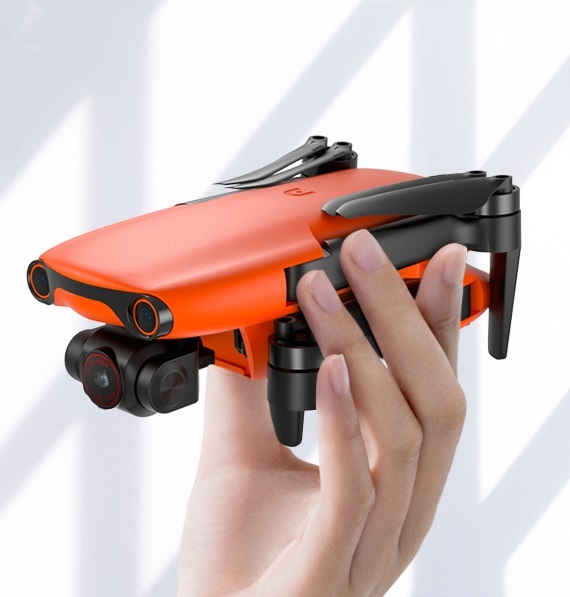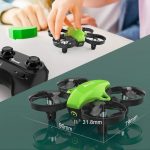Introduction
Whether you’re interested in aerial photography, exploring a new hobby, or diving into the world of drone racing, learning how to fly a drone in 2025 is easier—and more exciting—than ever. With smarter technology, intuitive controls, and clearer regulations, even complete beginners can get airborne with confidence. This guide will walk you through everything you need to know to take your first flight safely and successfully.
Why 2025 Is the Best Time to Start Flying Drones
Evolved Drone Technology
- AI-assisted controls help with obstacle avoidance and auto-landing
- Longer battery life with fast recharging options
- 4K+ cameras for stunning aerial footage
- Beginner modes that limit speed and simplify controls
Better Resources
More online tutorials, mobile apps, and drone communities make it easier to learn and stay safe.
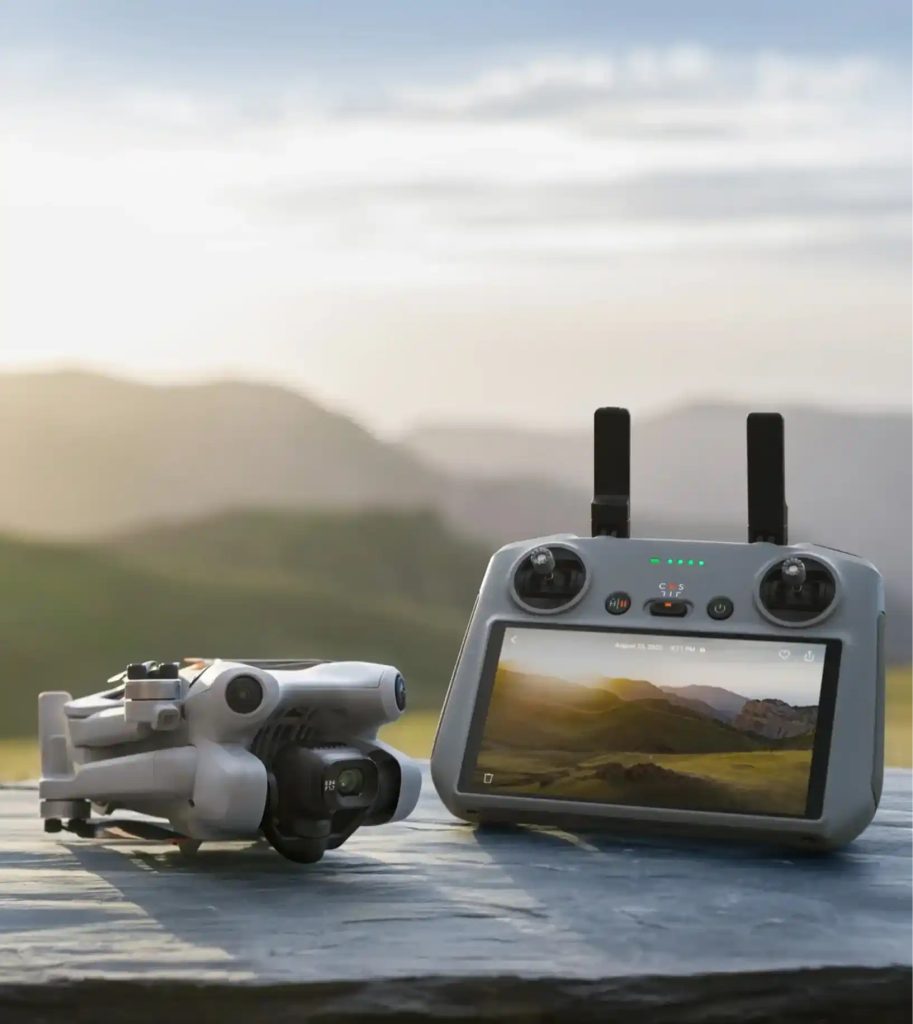
Step 1: Choose the Right Drone for Beginners
Features to Look For:
- GPS stabilization for easy hovering
- Headless mode (orientation-free flying)
- Altitude hold to maintain a steady height
- Return-to-home (RTH) function
- Durable design or propeller guards
Recommended Beginner Drones in 2025:
- DJI Mini 4 SE – Lightweight, camera-ready, beginner-friendly
- Ryze Tello (2025 Edition) – Budget-friendly and programmable
- Autel EVO Nano+ – Compact with pro-level features for new users
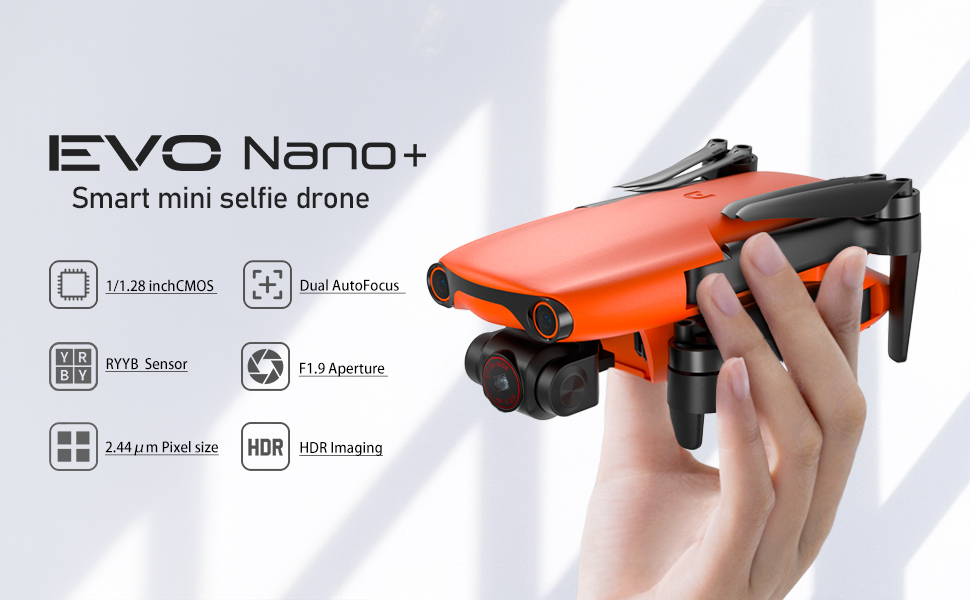
Step 2: Learn the Drone Rules and Regulations
2025 Global Basics (Check Local Laws):
- Registration: Required for drones above a certain weight (often 250g+)
- No-fly zones: Airports, military bases, and urban restricted zones
- Altitude limit: Usually 400 ft (120 meters)
- Line-of-sight: Must keep the drone in your sight
- Night flying: Legal in many places with proper lighting
Tip: Use apps like AirMap, OpenSky, or your country’s drone authority app to check for fly zones in real time.
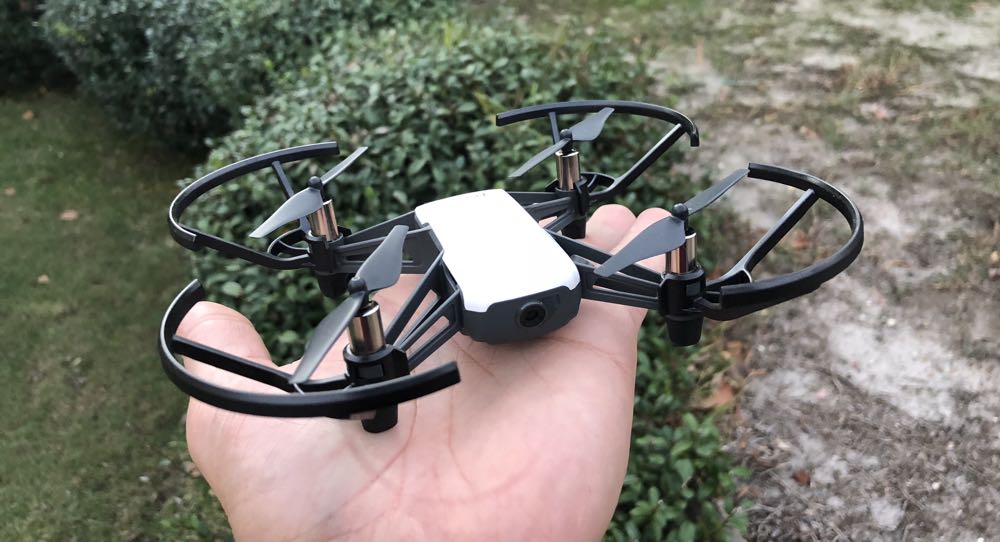
Step 3: Learn the Drone Controls
Basic Controls on a Standard Remote:
- Left Stick (Throttle & Yaw):
- Up/down to ascend/descend
- Rotate left/right to turn the drone
- Right Stick (Pitch & Roll):
- Push forward/backward to move forward/backward
- Slide left/right to strafe
Most drones also allow smartphone or tablet control—but remotes offer better precision.
Step 4: Practice Safe Flying
Start Slow
- Begin indoors or in an open, obstacle-free outdoor area
- Use beginner mode or training presets
- Avoid wind until you’re confident
Pre-Flight Checklist
- Fully charged battery
- Calibrated compass and GPS
- Clear skies and low wind
- Safe takeoff/landing area
Beginner Flight Exercises
- Hover in place for 10–30 seconds
- Practice controlled turns and landings
- Fly in figure-8s to master directional control
Step 5: Capture Better Aerial Footage (Optional)
If your drone has a camera, start experimenting with:
- Smooth movements for cinematic shots
- Gimbal angles for creative perspectives
- Waypoints or auto-path modes
- Editing apps like DJI Fly, CapCut, or LumaFusion
Step 6: Join the Drone Community
Online Platforms
- YouTube channels like DroneU, Pilot Institute, and Air Photography
- Forums and Reddit (e.g., r/drones, DJI forums)
- Drone clubs or meetups in your local area
Learning from others is one of the best ways to grow your skills and stay informed.
Conclusion
Flying a drone in 2025 is more accessible than ever thanks to smart tech, beginner-friendly models, and better regulations. With a little practice and a lot of curiosity, you’ll be capturing stunning aerial views or enjoying smooth flights in no time. Start slow, fly smart, and most importantly—have fun exploring the skies!
